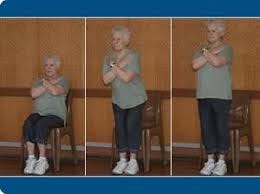Let arms be free
We all know walking on 2 legs is far less stable than on 4. We are inheretly more prone for falls than other animals. Why we went from quaripedal to bipedal is not clear and there are competing theories. One of the hypothessis is it frees the upper limb for better usage like tool use, carrying objects, and other complex tasks that advanced human cognition supports.
The role of the upper limbs in balance while walking is deeply ingrained in human motor behaviour.
In bipedal walking, the hands and arms play a crucial role in maintaining balance. While the legs provide the primary motion and stability, the arms function as counterweights, helping to maintain equilibrium. This becomes particularly apparent when navigating challenging terrains, such as walking along narrow ledges or avoiding puddles during the monsoon season, where our arms instinctively extend to the sides for added balance, just like an acrobat’s arms in a wire act.
In these situations, the body relies on arm movements to adjust its center of gravity, fine-tuning our balance with rapid shifts in arm position.
For a clinical therapist, this means one important takeaway: don't restrict arm movements during therapy for patients with neurological or balance issues.
When you train a patient for sit to stand, the patient has to lean forward to rise up. It means the centre of gravity is dyanamically changing making it challanging espeically for patients with neurological deficits (stroke, parkinsons and others). So, it is important the patient feels safe. For that the upper limb should be “free” and not constrained.
That is asking your patient with parkisnons or stroke with arms folded is not a great idea. The patient should feel he/she can use her arms when the balance is peturbed.
The same principle applies when instructing a patient with Parkinson's to swing their arms or giving them two sticks to encourage arm movement. These strategies may not be appropriate for all patients, especially when they have a bigger risk of fall.
Constraining the arms can make the patient feel unsafe, as they may think, "This is dangerous. What will I do if I fall? How will I catch myself if my balance is disturbed?" Allowing freedom of arm movement reassures the patient that they can use their arms for support and protection, which is especially important when they feel vulnerable during balance-challenging activities.
PS: Children with cerebral palsy, particularly those with diplegia or GMFCS (Gross Motor Function Classification System) grades 1-3, often exhibit altered motor patterns, including abducted arm positioning while walking. WHY?






